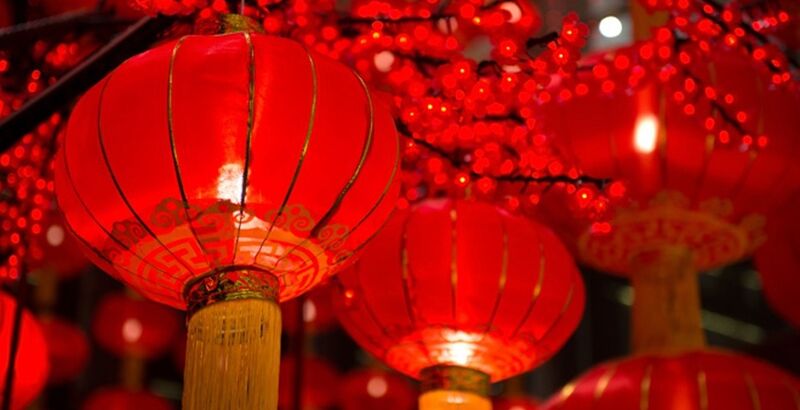Pathfinding
New Moon, New Year: Wisdom from the Chinese New Year
yuliang11/Thinkstock
Chinese New Year, celebrated on the second new moon after the winter solstice, represents a brand-new chance to start all over again.
A month or so into a new year, people are feeling a little low. Everyone seems exhausted, frazzled, and cranky (or am I just speaking for myself here?).
When we start our new year on January 1st, we do so on a bit of a low note: It’s dark and cold outside, and many of us start up “Dry January”: restricting certain kinds of food and drink in a kind of reflective penance for the indulgence of the holidays. This can be healthy, but it can also cut us off from the sort of social interactions that can really help during a long, dark, cold month.
Chinese New Year, celebrated on the second new moon after the winter solstice, represents a brand-new chance to start all over again. We can feel the light start to return, and there’s a much more tangible feeling that change and new beginnings are possible.
New moons are always good opportunities to start fresh, set intentions, and help them to grow with the light of the moon. The winter solstice represents the apex of darkness during the year, and in January we are still pretty deep in that cycle. Traditionally, the days before Chinese New Year are days to prepare for a new beginning—to clean house, to tie up loose ends, to honor and say goodbye to the last cycle as we welcome whatever comes next.
I find it really helpful to take some time to transition from last year to this year, to prepare for the coming of the light by making peace with whatever I am ready to let go of. Cleaning house is a powerful symbolic way to do this, especially if it includes throwing things out that tie us to the past.
As part of the traditional Chinese New Year celebrations, families will get together to stay up all night and celebrate the coming of the light with candles, fireworks, and lots of bright color, especially red. Mythologically, this is a night that’s especially vulnerable to letting evil spirits in, and the light and red colors scare the spirits away. Symbolically, this represents the vigilance we should apply when considering which elements we want to bring with us through the portal between last year and this year, and which elements we want to leave firmly in the past.
Especially if you are feeling some of that late January exhaustion, this might be a good time to say goodbye to the last year and welcome the new. If you celebrate Chinese New Year, you’ll know what to do. If not, perhaps take some time to consider what personal rituals you could do to celebrate this new beginning. What are you ready to let go of from the past year? What is it time to ritually throw away? Perhaps take some time to journal about your intentions for this coming cycle and what you are really ready to let go of. How can you honor what you’ve been through and also let it go?
Then, perhaps, have a few friends over or get together with your family. Eat, drink, be merry, light some candles. If your city has Chinese New Year celebrations, get involved in a few and watch the fireworks. We have a fresh opportunity to recommit to what’s important to us in our lives, and to truly release ourselves from whatever has held us back in the last year. It’s time to welcome the light.





